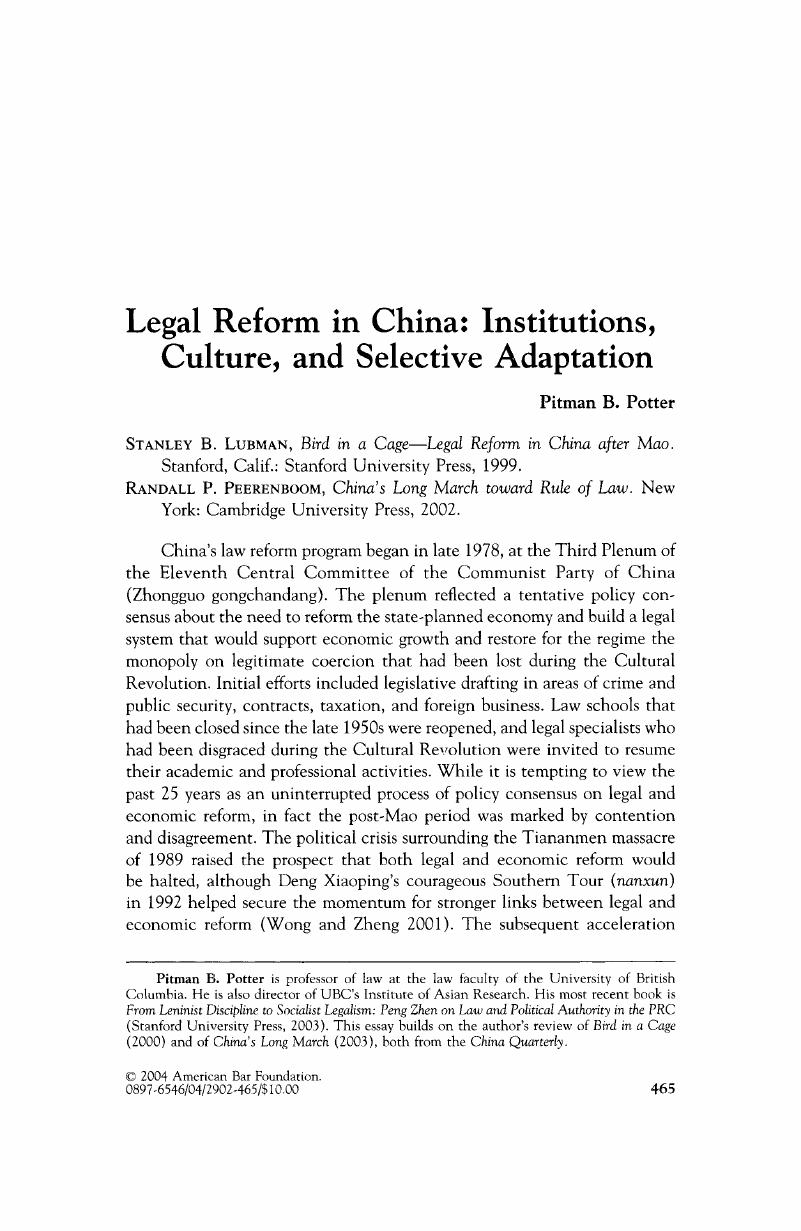State Administration for Industry and Commerce.
1988.
Xinbian Zhonghua Renmin Gongheguo Changyong falu fagui quanshu (Provisional regulations on administration of private enterprises). (Newly edited compendium of commonly used laws and regulations of the People's Republic of China), 451–56.
Beijing:
Law Publishers.
Google Scholar 